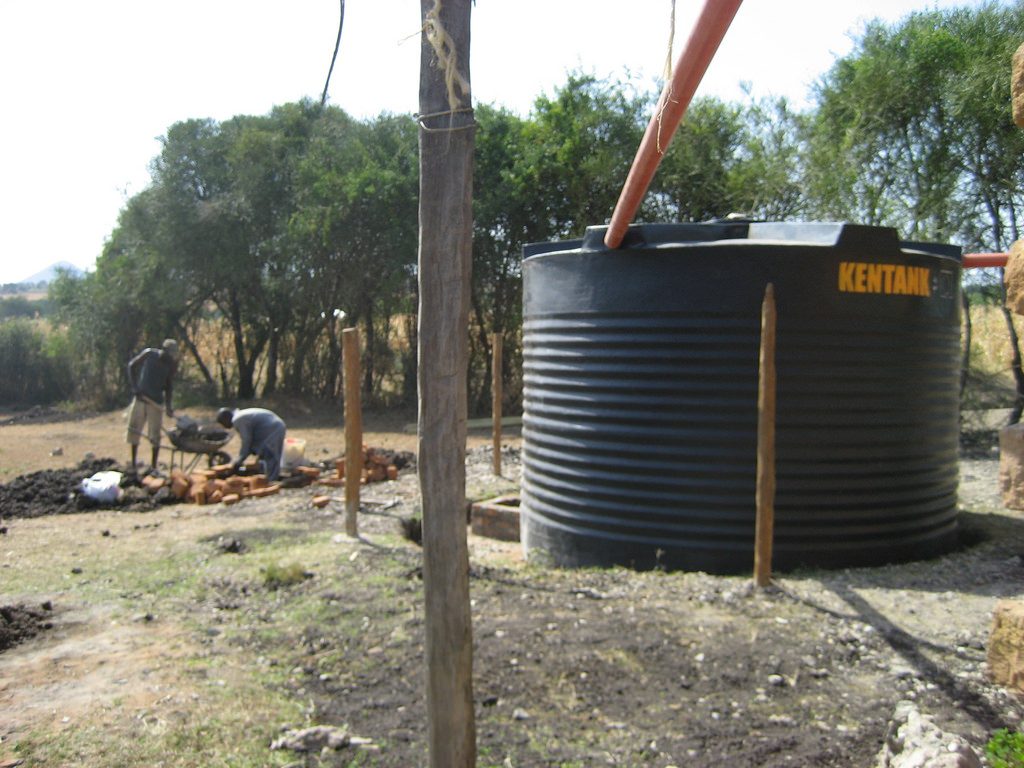
A look into the effect of climate change in the way we collect and store rainwater.
Climate change is here, and with that, the fear that extreme weather will become more commonplace in different parts of the world. And because of this fear, people are wondering about their negative effects on rainwater harvesting systems. The short answer to this question is: no. The long, more detailed answer is: no, provided that the following precautions are implemented / set in place.
Rainwater Storage Tank
If the rainwater storage tank in your property is an underground tank, the water inside shouldn’t freeze except in extreme circumstances, and even in these cases, only the surface will freeze. This happens because the entire tank is insulated by not only the backfilling material, but also the earth.
The same, unfortunately, isn’t true for the above-ground tank—extra protection will be needed to protect it, if it’s not a corrugated rainwater tank already (these tanks are known for being resistant to freezing). Without the necessary protection, there’s a good chance that during long cold weather, stored rainwater in the tank could begin freezing.
There’s also the problem of protecting the pump—extra measures also need to be taken to protect a pump that’s on the surface. Without protection from the cold, its parts could end up damaged.
There are a couple of ways to prevent the tank and pump from freezing. If your system is one that’s only intended for use during the growing season, the tank can be drained, and the pump can be removed every winter. If your system is one that has to be functional all-year round, and the tank isn’t pre-insulated, corrugated, or both, then you can set up insulation on the tank and pump.
It’s also important that every single piece of exposed pipework be insulated too.
Filter Collector
All rainwater harvesting systems have filter collector units. Typically, this is located below the ground, although it sometimes is fitted into the downpipe.
Severe cold weather cannot affect the filter. If any water that passes the filter freezes, then the filter simply stops letting water pass through. Once ice thaws, the filter starts working once more. Any ice on the roof won’t make it past the filter, of course, but once thawing begins, the ice will melt and get into the system like it normally would.
Control Unit
This always needs to be set up in a dry and frost-free environment. It isn’t intended to be set up outside, but if set up in an outbuilding or garage, be sure that it is properly insulated. Ideally, set it up in a kitchen cupboard or utility room, together with the mains top-up unit.
Header Tanks
If the system is of the indirect type, it probably has a header tank, most likely in the loft. You need to insulate this tank—both against freezing and heat—with insulation jackets. Water that’s become too warm will most likely permit undesirable organisms to grow and thrive.
UV Equipment
Does your system have UV equipment? You need to protect this against frost. Frozen water damages the housings and lamps of pre-filters.
Dealing With High Temperatures
Water in an underground storage tank stays at the same temperature even if the temperature of the area where the residence is located is high. Water in an above-ground corrugated rainwater tank, on the other hand, warms up if the temperature of the area where the residence is located is high, making it important that you insulate or shield the tank from sunlight and heat.



Leave A Comment